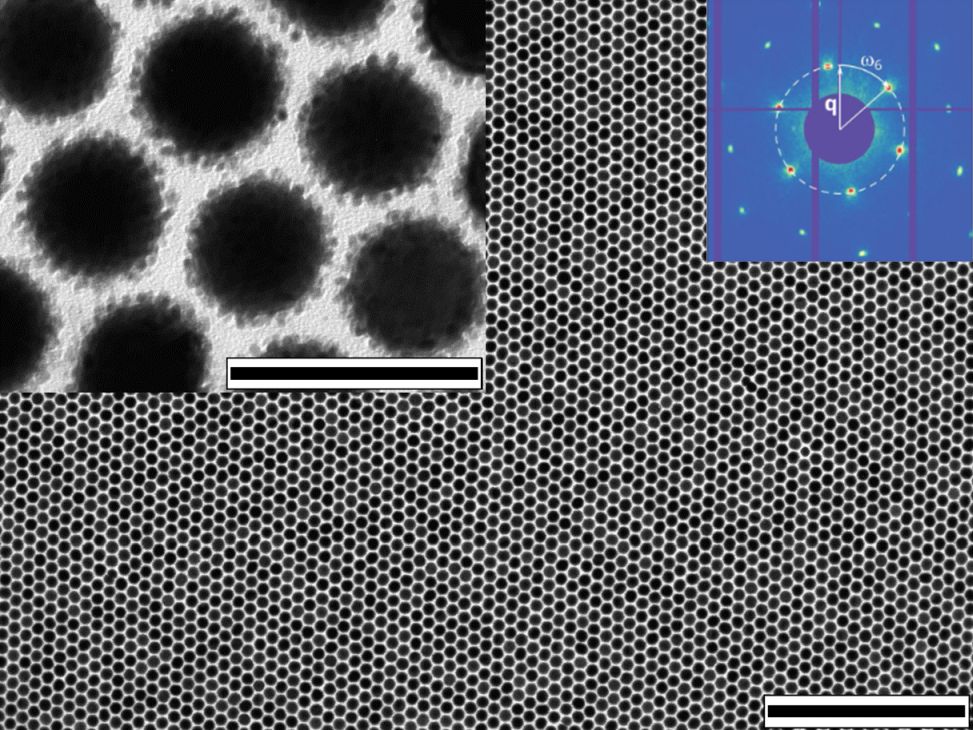Nanoparticle supercrystal formation studied with coherent X-ray scattering

Like atoms and molecules which can form crystals, nanoparticles can form so-called supercrystals. Gold nanoparticle (AuNP) supercrystals exhibit fascinating interactions with light, characterized by very strong coupling. These light-matter interactions strongly depend on the geometry and the quality of the supercrystals. Having established robust protocols for the assembly of AuNP (diameters in the range 10-80 nm) into well-defined fcc supercrystals with tunable interparticle spacing, we are now interested in more complex new structures. Examples include binary supercrystals (with nanoparticles of different sizes and of the same or different materials), supercrystals from bimetallic particles and supercrystals with small molecules incorporated into the lattice. Such structures are interesting for fundamental studies of new plasmonic band structures, and in the context of plasmonic photocatalysis and surface-enhanced spectroscopies. Despite some promising preliminary results, however, the synthesis of such structures is challenging, because the role of the different parameters in the self-assembly process is not fully understood.
We have successfully used coherent small-angle X-ray scattering (SAXS) in the past to study the structure of AuNP supercrystals in detail ex situ. To improve our understanding of the self-assembly process, in situ experiments would be highly valuable. Our robust protocol is based on evaporation of an organic solvent on a liquid subphase. We therefore propose the design and construction of a sample cell, that allows to study self-assembly on a liquid subphase with coherent SAXS in situ. The design builds upon available infrastructure at the P10 Coherence Applications Beamline (DESY). The improved understanding of the self-assembly will help us to develop robust protocols for the synthesis of new supercrystal structures to further explore this exciting class of materials. Self-assembly on liquid subphases is not only used by us, but also by many other groups studying completely different materials (e.g. the self-assembly of comparably small semiconducting nanoparticles). Once the cell is set up, it will be available at P10 for users in the future, providing interesting opportunities for in situ studies with coherent SAXS.




